Today, as a seculens factory, from the professional and technical level of monitoring lens, let's take you to understand:
1. Ed ultra low dispersion technology eliminates lens chromatic aberration
Why do surveillance lenses need ed (extra low dispersion) ultra-low dispersion glass? Because the visible light (red, blue, green, etc.) after white light dispersion passes through the optical lens, due to its different optical characteristics and different wavelength lengths, dispersion will occur, which will have a great impact on the image sharpness and color freshness.
Ed ultra-low dispersion lens technology is usually used to monitor the achromatic control of the lens and improve the color restoration effect of the image. It mainly plays a role by correcting the light. Using this technology, the light of different wavelengths can converge at the same point after refraction, that is, the light of different colors can reduce the color difference after refraction through the lens and restore the real effect of imaging color.
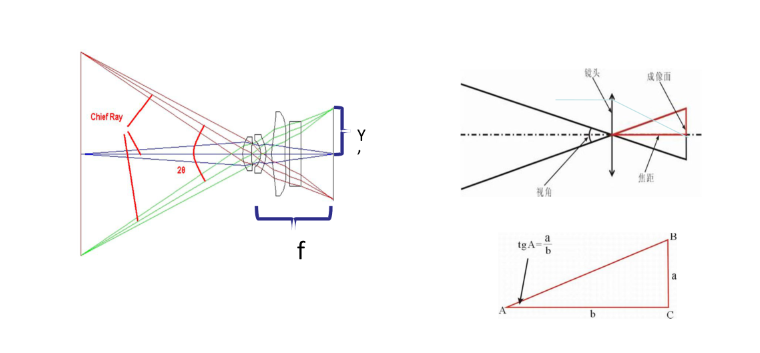
At the same time, it can also correct the infrared light, so that the monitoring lens can monitor continuously during the day and night, and the day and night monitoring effect of the megapixel monitoring lens can reach megapixels.
In practical application, other countries do not call ultra-low dispersion glass exactly the same. Avenir etoku Seiko, Fujino, Tuli, Computar and other high-end monitoring lens manufacturers call it ed (extra low dispersion) ultra-low dispersion glass, while Tenglong calls it LD (low dispersion) lens, and some manufacturers in the industry call it XLD ultra-low dispersion lens.
Since ed glass can promote the good imaging of monitoring lens, why can't it be popularized in the industry? Because of the characteristics of ED glass, high raw material cost, high grinding cost and low grinding qualification rate, ed glass is only used in the monitoring lens of domestic mainstream brands. In order to make the monitoring lens present the best effect,SECULENS mainstream monitoring lens manufacturers are not stingy with the use of ED glass.
2. ASP aspherical technology improves the overall clarity of the image
Traditional lenses have spherical phase difference due to their optical properties. The light will be reflected from the monitored object to the lens of the monitoring lens. When the light passes through the edge of the lens, it will be scattered due to the phase difference and cannot be fully focused at one point, so as to form a spot, which has a great impact on the imaging quality of the image.
Aspherical lens is to correct the edge of the lens and focus the light on the same imaging point as much as possible when passing through the lens, so as to make the picture clearer and clearer. The technical level of aspheric lens is quite high, especially the cutting skills of glass optical lens. If it is not invested in research and development for a long time, it is difficult to achieve results.
3. IR coating multilayer coating technology tests luminous flux
Why does the lens need coating? Because any object can reflect light, even colorless and transparent glass is no exception. The difference is whether the angle of light will form a reflection effect.
The current coating technology in the market is divided into single-layer coating and multi-layer coating. Good single-layer coating is mostly violet, which can make about 97% of the light shining on it pass through the lens. In order to keep the light energy of the picture as little as possible, after research, multi-layer coating technology was born. Multi layer coating can even make more than 99.5% of the light completely pass through the monitoring lens, and the overall imaging effect of the monitoring lens is also significantly improved.
For a multi-layer coated lens, it is impossible for each lens to be coated with the same antireflective film, otherwise the lens will be color biased.
Ed ultra-low dispersion technology, ASP aspherical technology and IR coating 'multilayer coating technology are important optical technologies mastered by the mainstream monitoring mirror seculens factory. With the support of advanced core technology, we can manufacture excellent monitoring lenses for all over the world.
2022-05-13 12:58:30
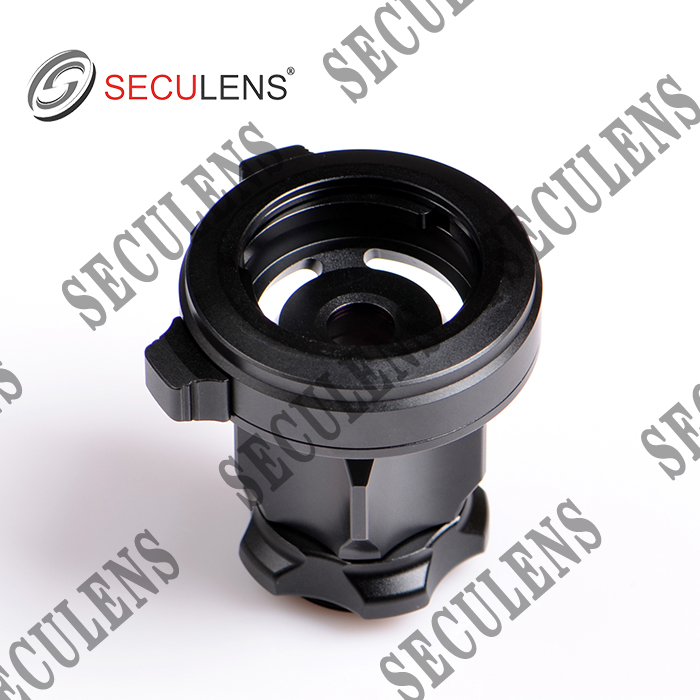
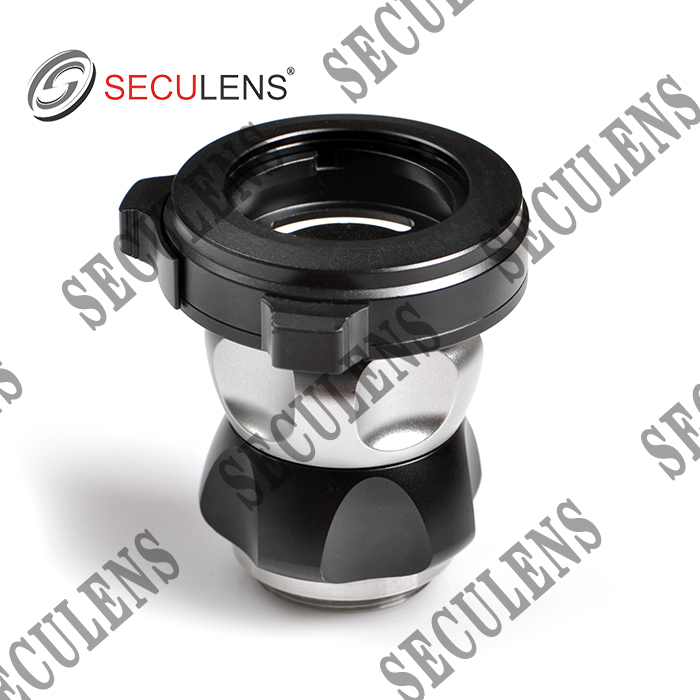
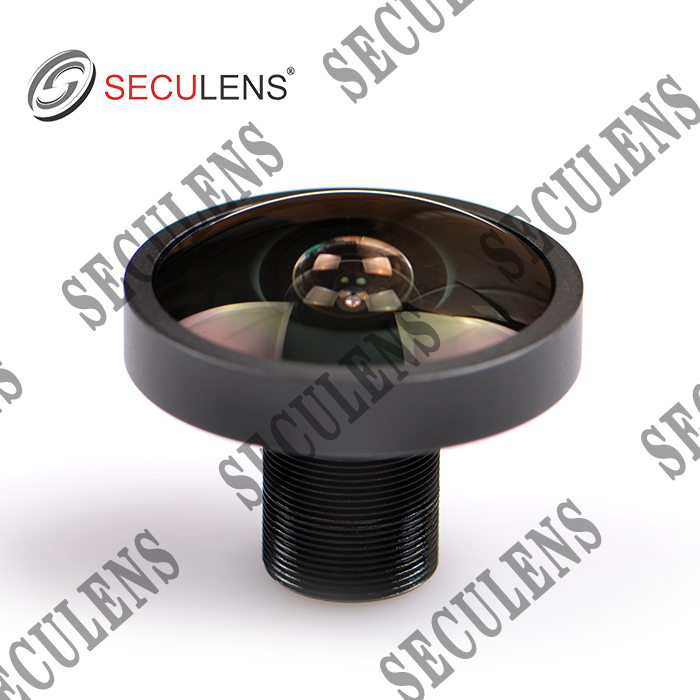
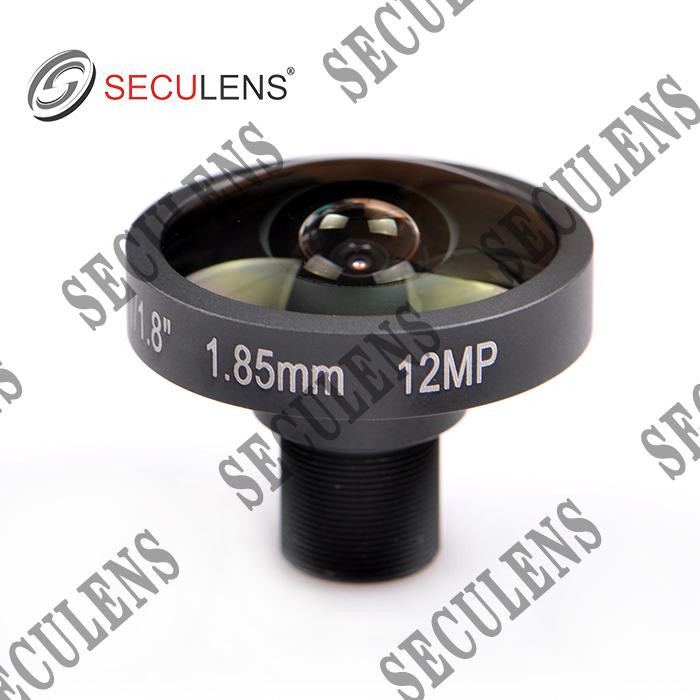
Fisheye lens 1.85mm FT1085 12MP
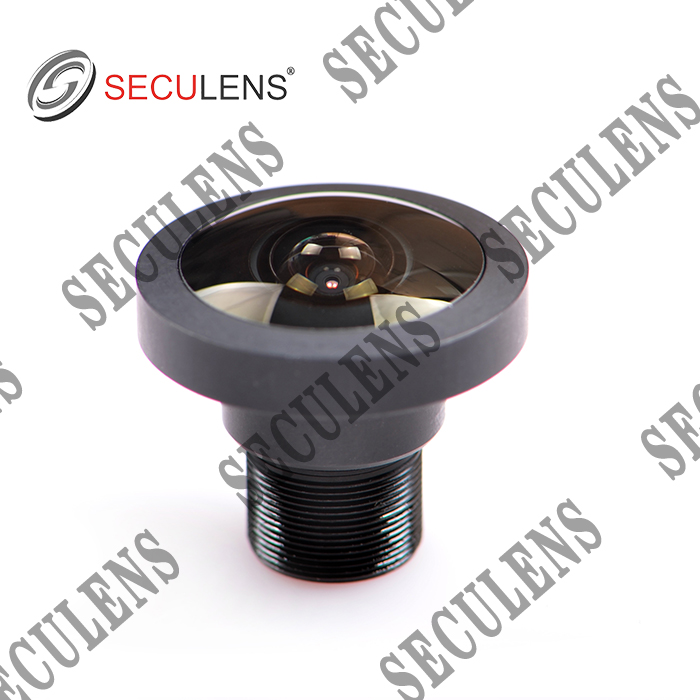
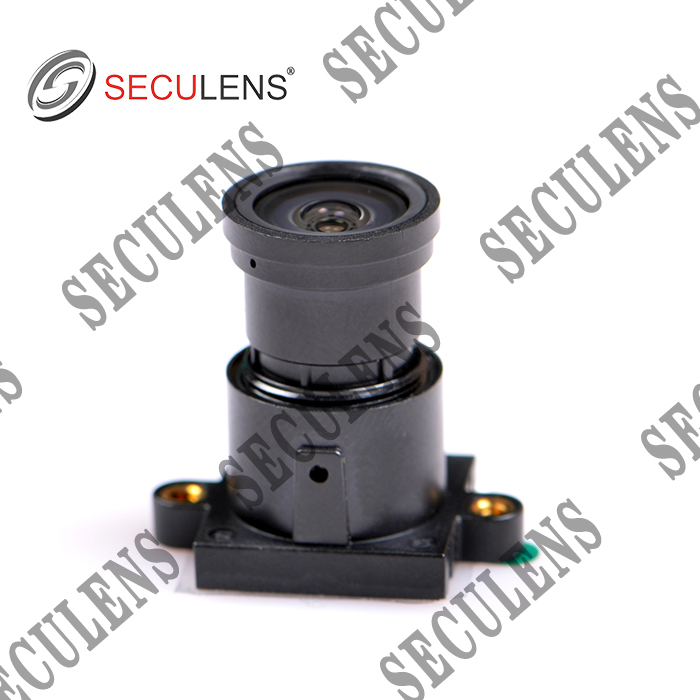
Starlight Lens 2.8mm 0357
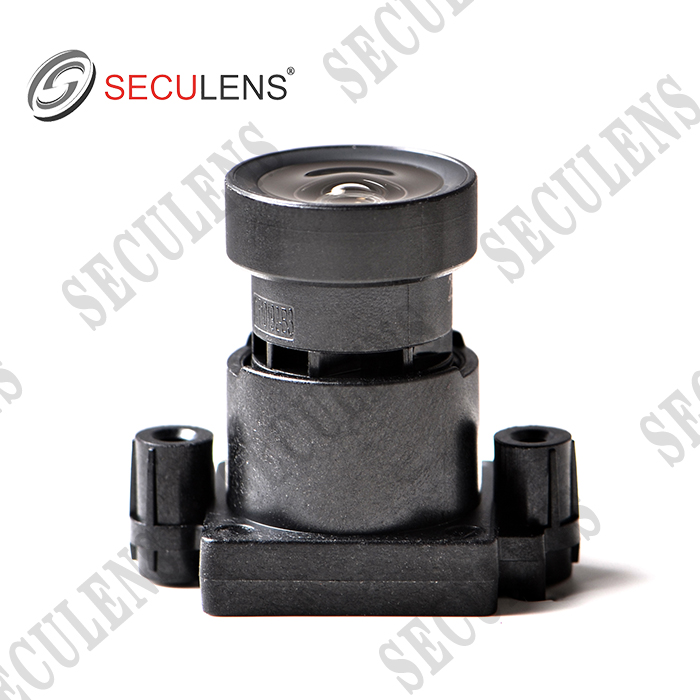
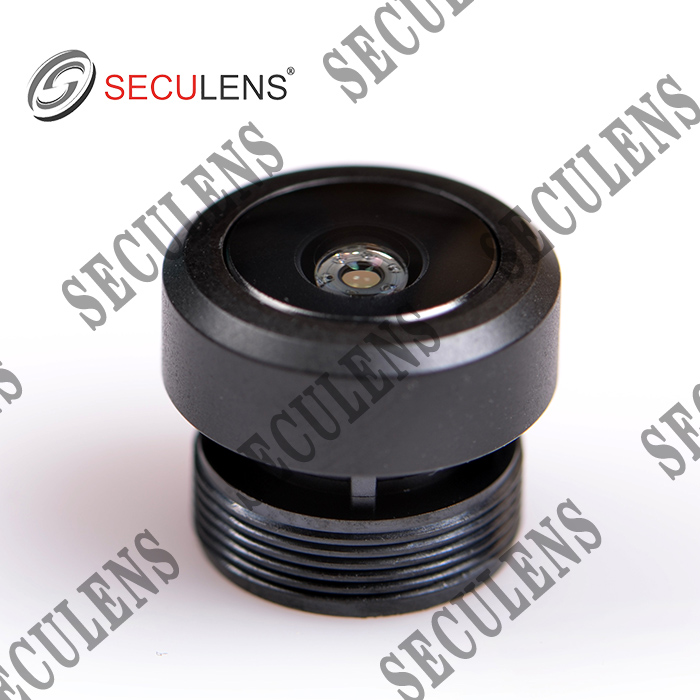
Car Lens 2.6mm SECU8204
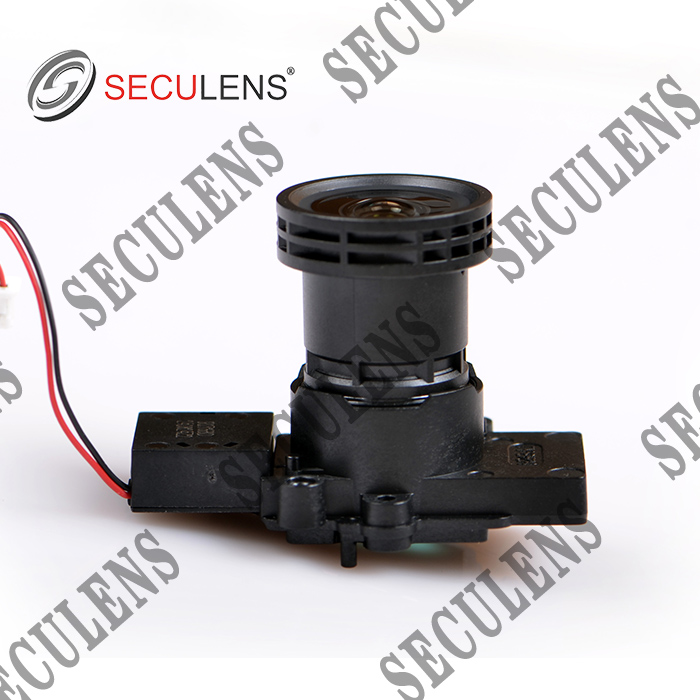
Darklight Lens 10207-8MP+H243+IR0316 4mm 1/1.8"
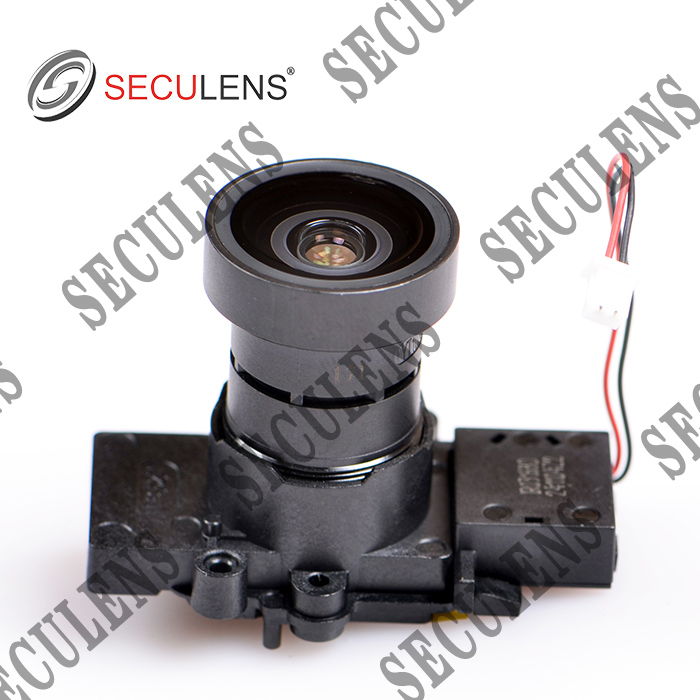
Darklight Lens 10206-8MP+H243+IR0316 2.8mm 1/1.8"
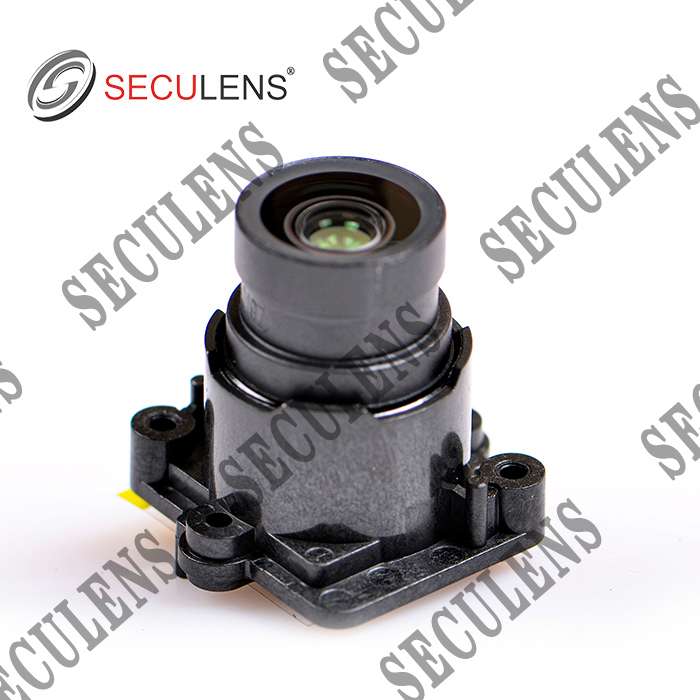
Darklight Lens 10197+IR06312 2.8mm 1/1.8"
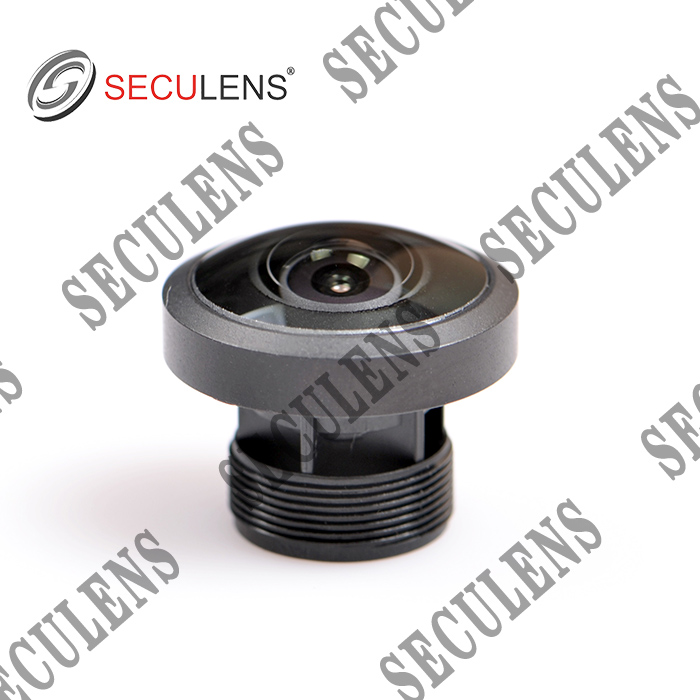
Fisheye lens 1.8mm 5MP 5185
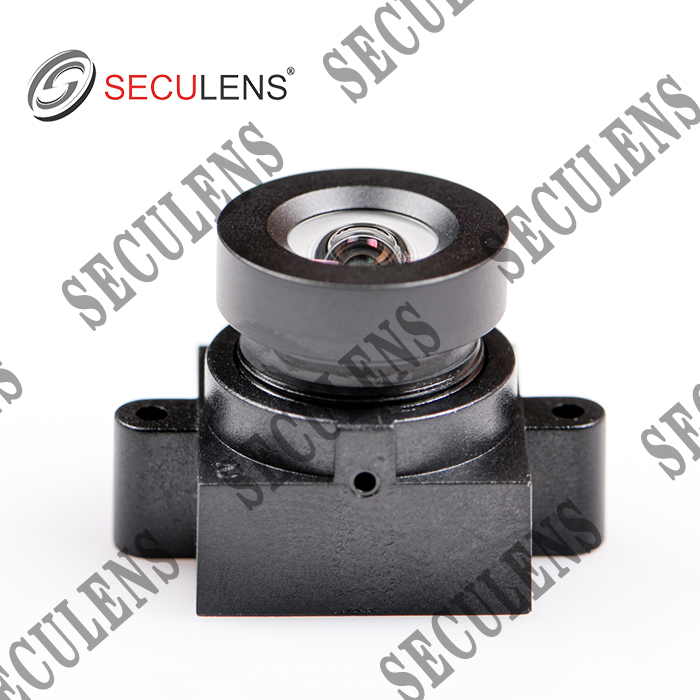
Distortion Free Lens 3526 3.2mm TTL:15.5
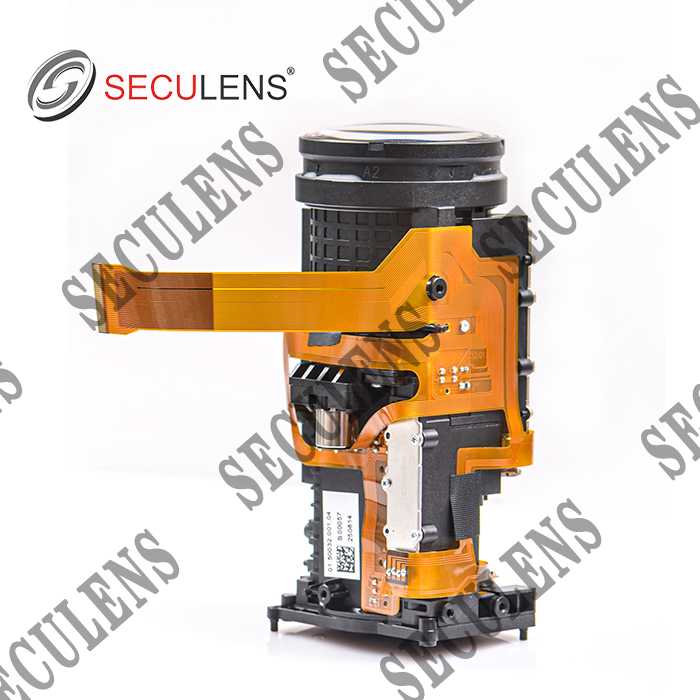
Integrated machine 6-192MM S64192-32YT 30X
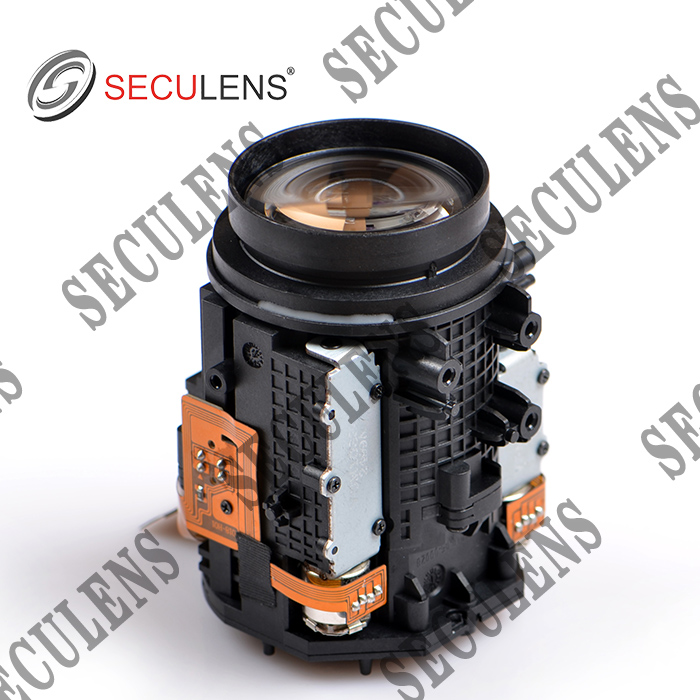
Integrated machine10-40MM S1040-18YT 4X